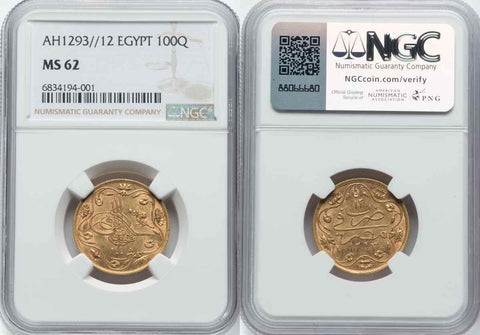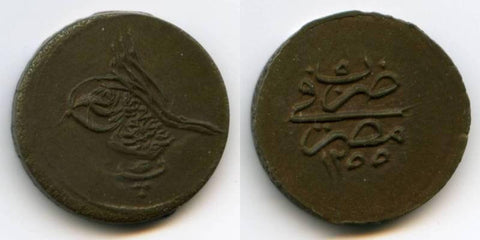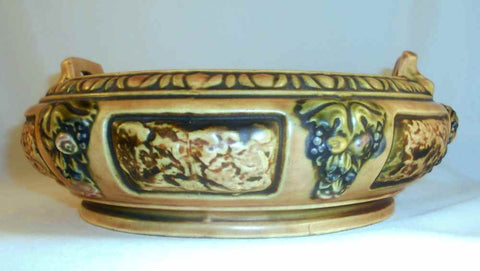1983 Glazed Redware Hand Thrown Round 8" Deep Dish By Lester Breininger
Description: A nice glazed redware deep dish. The dish has a flat round base with flared and slightly rounded sides, on the exterior but fairly straight on the interior. The side of the dish rise to a shaped rim or edge. The plate is undecorated but has beautiful brown coloring and shows ridges in the interior from being hand thrown. The dish has what I would characterize as straight rising sides and hence the depth. This dish is a typical example of Pennsylvania Dutch dishes which were used in the homes of the Amish and Mennonite in Lancaster county. The dish is glazed on the inside and on the exterior of the side wall but not on the bottom. The unglazed bottom has the characteristic color of unglazed redware and is signed by the artist. The dish is signed "Breininger Pottery 1983 Pa" in sloppy cursive calligraphy which is difficult to see. This to us suggest that the dish is by Lester himself before he hired assistants who made most of his later ware. Please carefully view photos as they are part and parcel of our description.
Date: 1983.
Origin: Robesonia, Pennsylvania.
Size: Measures ~8" in diameter on top and is ~1 3/8" high. The piece is substantial and weighs a little less than One pound and 2 ounces.
Maker: Lester Breininger.
Marks: Marked "Breininger Pottery 1983 Pa" in sloppy cursive calligraphy which is difficult to see.
Distinguishing Characteristics - Most Interesting About The Piece: A beautiful and early piece by a contemporary master potter with the Pennsylvania Dutch heritage. This is a nice early piece made by Lester himself in 1983. These of course are not very common and are becoming very desirable. A beautiful redware piece, which deserves a prominent spot in your redware collection.
Condition: Plate is in very good condition, given it is about 35 years old. It has no cracks, chips, repairs, or hairlines. The plate does have some crazing to the glaze, which is difficult to see but is there. The plate also has a few scratches to the surface and what could be utensil marks to the glazed surfaces. In addition, the plate has a few of the usual defects you would expect with all these primitive redware pieces such as pops, slubs, unglazed areas and uneven spots. However, this plate has a minimum number of these, which are hardly noticeable and do not interfere with its beauty or quality. Please see photos for additional condition information and to appreciate the beauty of this piece.





